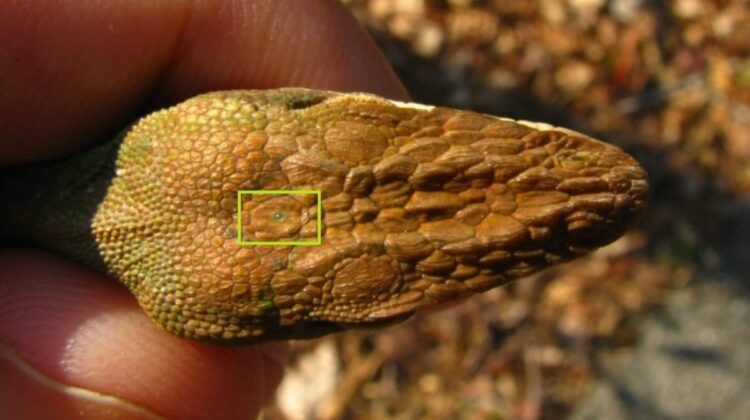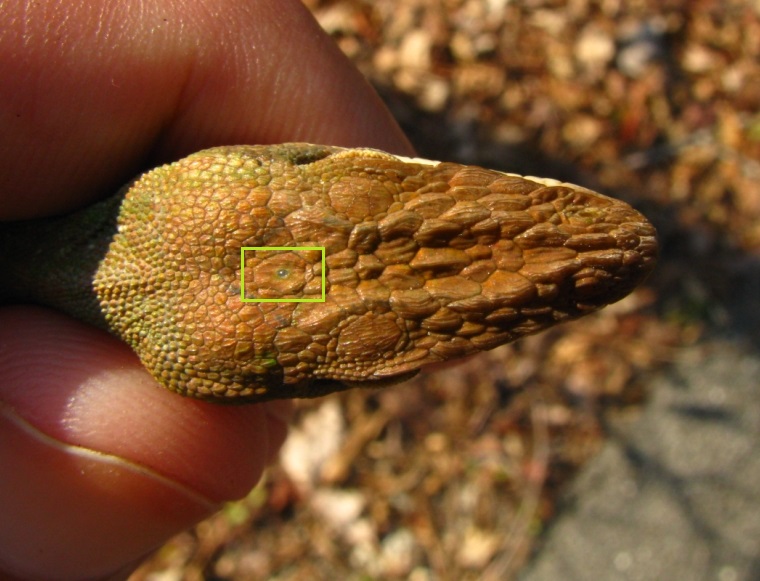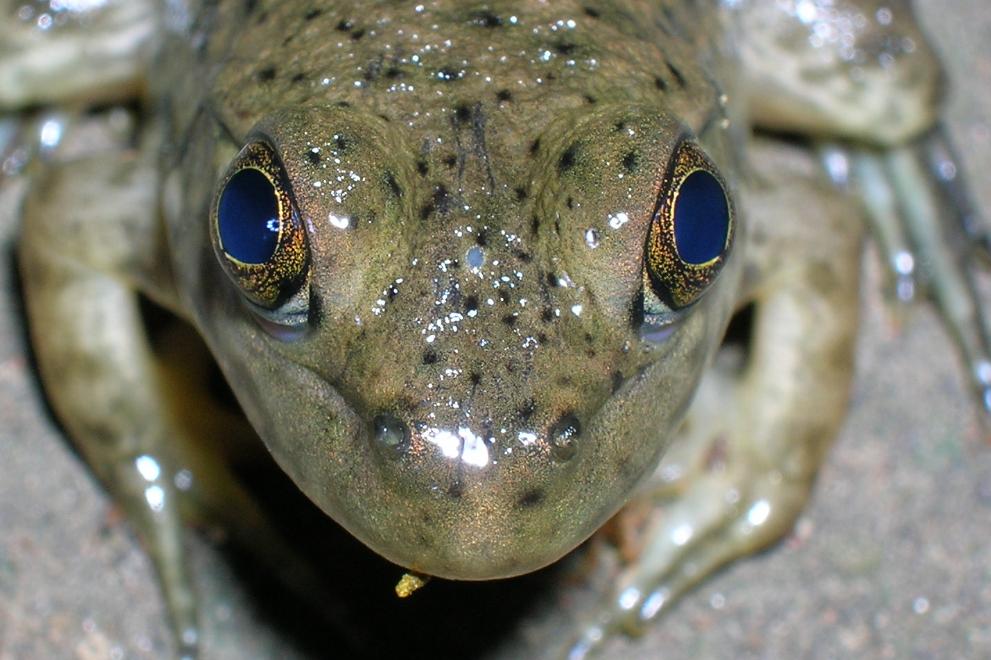
A parietal eye, also known as a third eye or pineal eye, is a part of the epithalamus present in some vertebrates. It is located at the top of the head and is photoreceptive, meaning that it can sense light. The parietal eye regulates circadian rhythmicity and hormone production for thermoregulation.
What is the parietal eye?

The parietal eye is a small, vestigial organ that is present in some vertebrates, including reptiles, amphibians, fish, and even some mammals. It is located at the top of the head, between the two eyes. The parietal eye is photoreceptive, meaning that it can sense light. However, it is not a fully developed eye. It does not have a lens, cornea, or retina. Instead, it has a simple photoreceptor cell that can detect changes in light intensity.
What is the function of the parietal eye?

The parietal eye has two main functions:
- Regulating circadian rhythmicity: The parietal eye helps to regulate circadian rhythmicity, which is the body’s internal 24-hour clock. The parietal eye does this by detecting changes in light intensity. When the parietal eye detects light, it sends a signal to the brain, which helps to regulate the body’s sleep-wake cycle.
- Regulating hormone production: The parietal eye also helps to regulate hormone production. The parietal eye produces a hormone called melatonin, which is involved in regulating sleep, mood, and body temperature. The parietal eye produces melatonin in response to changes in light intensity. When the parietal eye detects darkness, it produces melatonin, which helps to prepare the body for sleep.
Which animals have a parietal eye?

The parietal eye is present in a variety of vertebrates, including:
- Reptiles: All reptiles have a parietal eye, including lizards, snakes, turtles, and crocodiles.
- Amphibians: Many amphibians have a parietal eye, including frogs, toads, and salamanders.
- Fish: Some fish have a parietal eye, including hagfish, lampreys, and sharks.
- Mammals: Only a few mammals have a parietal eye. The most well-known example is the mole.
The parietal eye is a fascinating organ that plays an important role in regulating circadian rhythmicity and hormone production in some vertebrates. Although it is not a fully developed eye, the parietal eye is still a valuable tool for these animals.

Leave a Reply